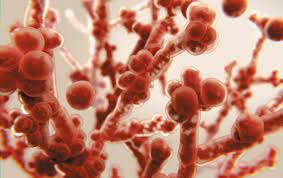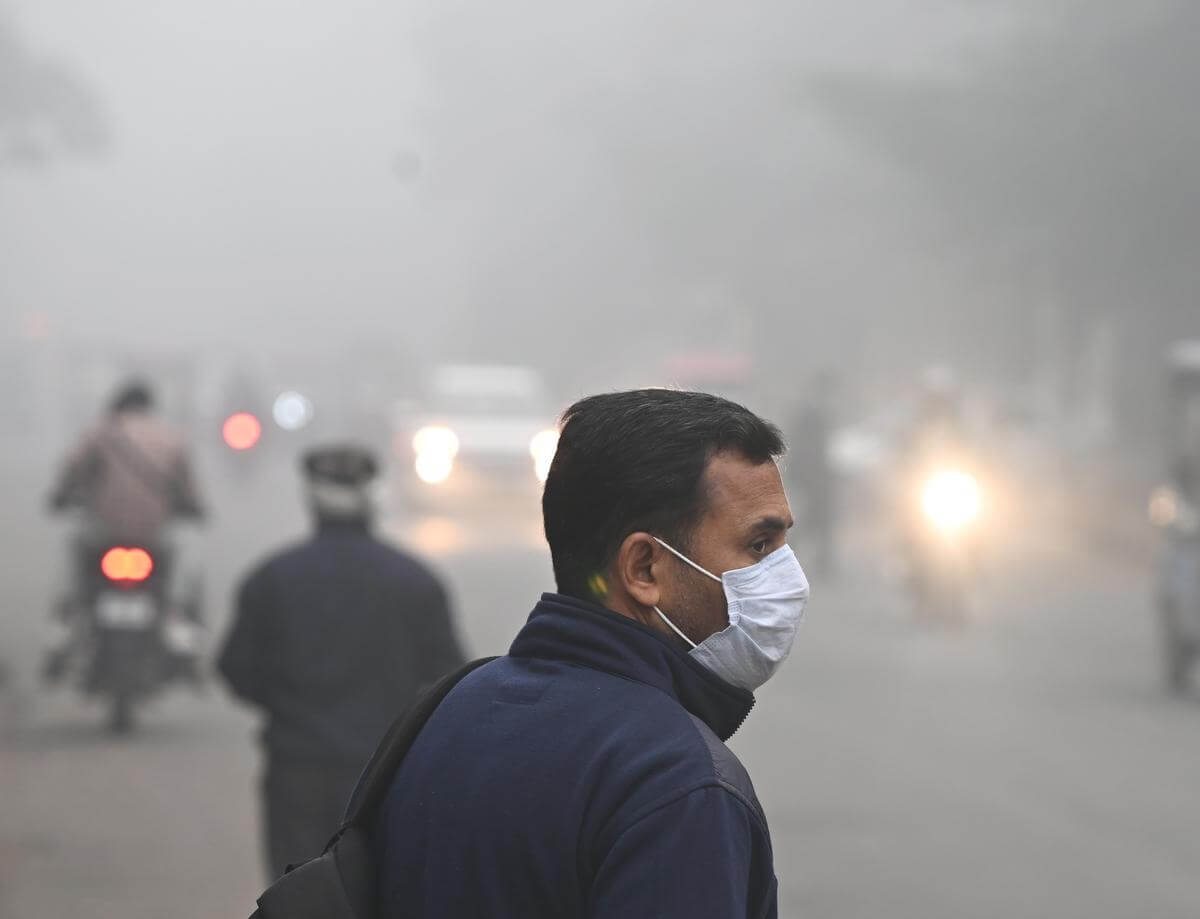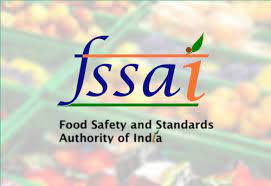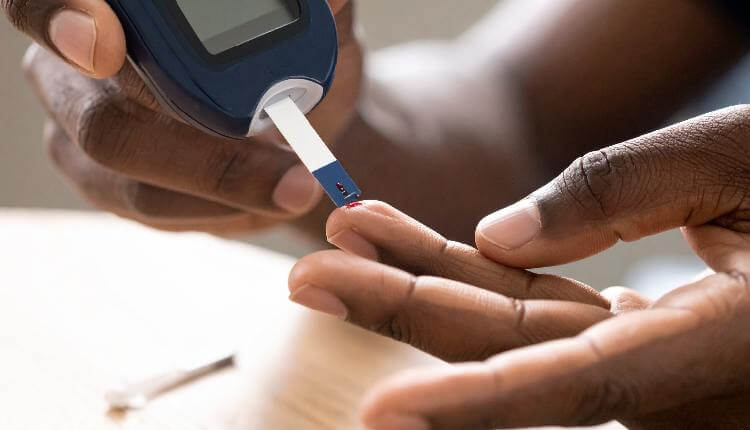Fungi: Next Possible Microbe Threat to Humans
Wed 09 Nov 2022, 10:23:49

World Health Organization (WHO) in its recently published report highlighted 19 fungi that represent the greatest threat to public health. The list known as Fungal priority pathogens list (FPPL) is the first global effort to systematically prioritize fungal pathogens, considering the unmet research and development (R&D) needs and the perceived public health importance.
Fungi are multicellular organisms consisting of eukaryotic cells.There are more than 100,000 varieties of fungi.They have no mechanisms for locomotion. Fungi get nutrients by absorption and range in size from microscopic to bigger ones like mushrooms. They usually act as decomposers by obtaining their energy from the chemical breakdown of dead organisms as well as from animal and plant waste products.
Fungi are one of the categories in the 5 kingdom classification. The other 4 are Protista (the single-celled eukaryotes),Plants; Animals and the prokaryotes(Monera). The major group of microbes that causes diseases to humans are Viruses, Prions, Bacteria, Fungi, Protozoa, and Helminths(worms)
As per WHO,
Fungal pathogens are a major threat to public health as they are becoming increasingly common and resistant to treatment. Currently, only four classes of systemic antifungal medicines (azoles, echinocandins, pyrimidines and polyenes) are used in clinical practice, and only a few others are under development. Although existing antifungal medicines are effective, they are associated with a plethora of adverse effects. Most fungal pathogens lack rapid and sensitive diagnostics and those that exist are not widely available or affordable globally.
Fungal pathogens are a major threat to public health as they are becoming increasingly common and resistant to treatment. Currently, only four classes of systemic antifungal medicines (azoles, echinocandins, pyrimidines and polyenes) are used in clinical practice, and only a few others are under development. Although existing antifungal medicines are effective, they are associated with a plethora of adverse effects. Most fungal pathogens lack rapid and sensitive diagnostics and those that exist are not widely available or affordable globally.
The FPPL report underscores strategies for policymakers, public health professionals and other stakeholders. The strategies proposed in the report are collectively aimed at generating evidence and improving response to these fungal priority pathogens including preventing the development of antifungal drug resistance. The primary recommended actions are focused on: (1) strengthening laboratory capacity and surveillance; (2) sustaining investments in research, development, and innovation; and (3) enhancing public health interventions for prevention and control.
No Comments For This Post, Be first to write a Comment.
Most viewed from Health
AIMIM News
Latest Urdu News
Most Viewed
May 26, 2020
Can Lionel Messi's visit boost Indian football?
Latest Videos View All
Like Us
Home
About Us
Advertise With Us
All Polls
Epaper Archives
Privacy Policy
Contact Us
Download Etemaad App
© 2025 Etemaad Daily News, All Rights Reserved.

























.jpg)
.jpg)
.jpg)


